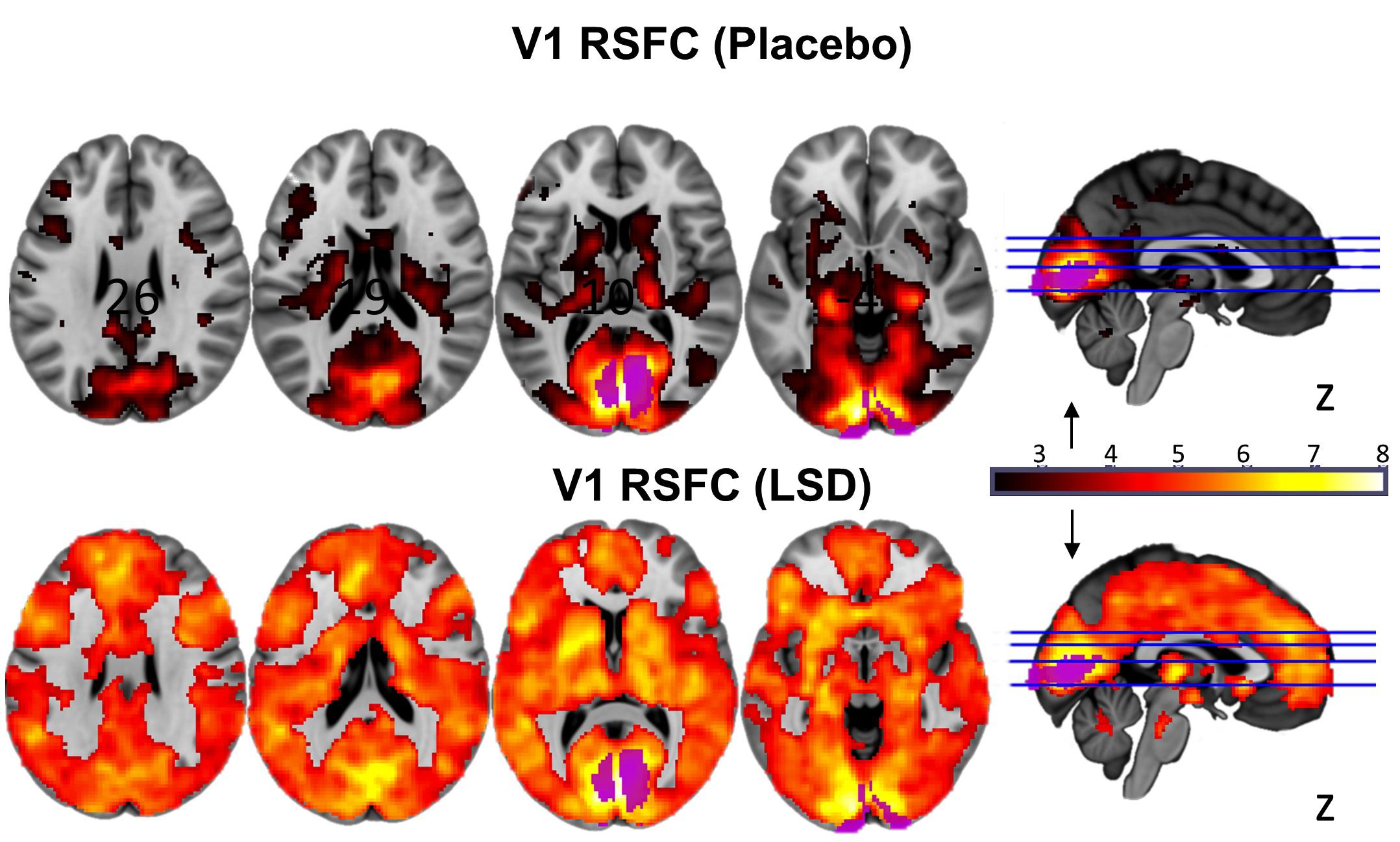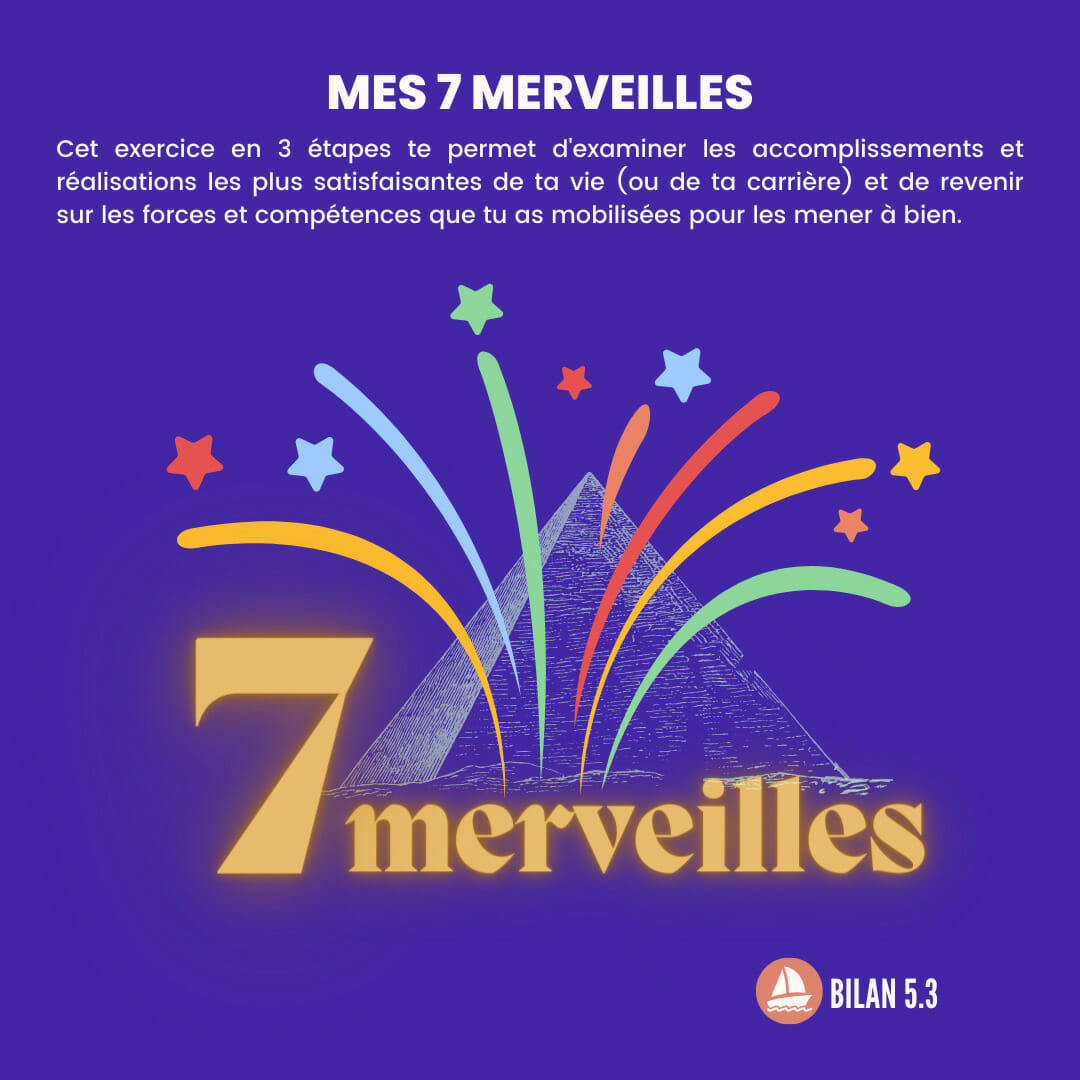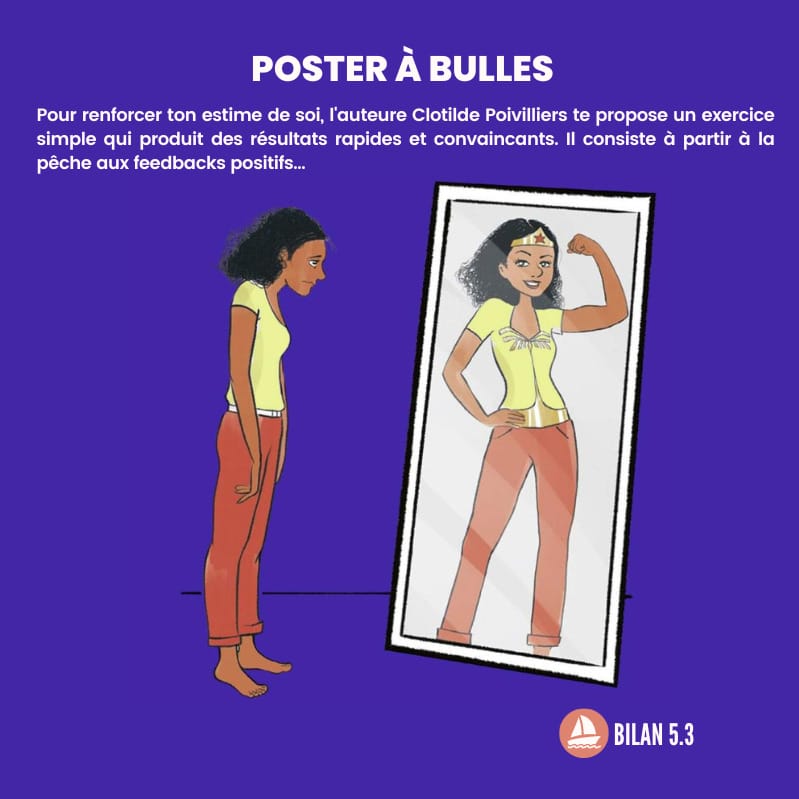On LSD, a person’s cognitive functions are no longer compartmentalized and stimulation activates the whole brain.

The experiment is controversial but it has the merit of making people talk. And maybe even advance research in psychiatry. A team from Imperial College London (United Kingdom) studied, for the first time, the brains of volunteers who ingested LSD (lysergic acid diethylamide). The results were published this Monday in the scientific journal PNAS.
Research around this hallucinogenic substance was stopped for half a century, due to the increase in its recreational use at the end of the 1960s. For the past fifteen years, it has been restarting in Europe and the United States, but remains marginal. Some researchers believe that it could have beneficial effects in people with depression resistant to all treatments, others suggest its effectiveness in the treatment of alcoholic disease.
Fireworks in the brain
Dr. Robin Carhart-Harris’s lab is trying to understand the action of LSD, the active ingredient in hallucinogenic mushrooms, on the brain. 20 volunteers who had already consumed these substances were selected. For the purposes of their work, Dr. Carhart-Harris’s team asked a group to swallow either a placebo or 75 mg of LSD.
The brains of these thrill-seeking volunteers were then studied by MRI and magnetoencephalography, which allows us to study the magnetic fields emitted by neurons. Thanks to this series of tests, the researchers were able to see and analyze what is going on in the brains of these young people, and in particular when they experience visual hallucinations. Usually, visual stimulation is processed by the visual cortex, an area of the brain located at the back of the brain. But on LSD, this information mobilizes almost the entire brain.

Source: Neural correlates of the LSD experience revealed by multimodal neuroimaging, PNAS. Above, the brain of a participant who took a placebo. Only the visual cortex is activated. Below, the brain on LSD. Almost the entire organ is mobilized.
And this real fireworks display is also triggered when the participants keep their eyes closed. For researchers, this observation suggests that they are able to see things simply through their imaginations.
In addition, this work allows us to better understand why LSD modifies all sensory perceptions and the state of consciousness. “Normally, our brains work through independent networks responsible for a specific function such as sight, movement or hearing. But under LSD, this separation crumbles and is replaced by a more unified network, explains Dr. Carhart-Harris, responsible for this work. This would explain the profound alteration of consciousness frequently described. It could also explain what they call a journey of introspection and an inner journey in which they reconnect with themselves and nature. This experience is sometimes experienced as mystical or religious, and seems to be associated with well-being even after the effects of the drug wear off. “
A freer brain
This psychedelic drug would therefore make it possible to “decompartmentalize” our brain, allowing it to function “freely and without constraint like that of children”.
In another experiment, the researchers also found that the LSD-music combination improved the activity of the parahippocampus, an area involved in mental imaging and memory. The more this region of the brain communicates with the visual cortex, the more the brain is capable of generating complex visions and in particular remembering scenes of life.
For researchers, these findings could help develop therapies for psychiatric disorders, in particular depression.









